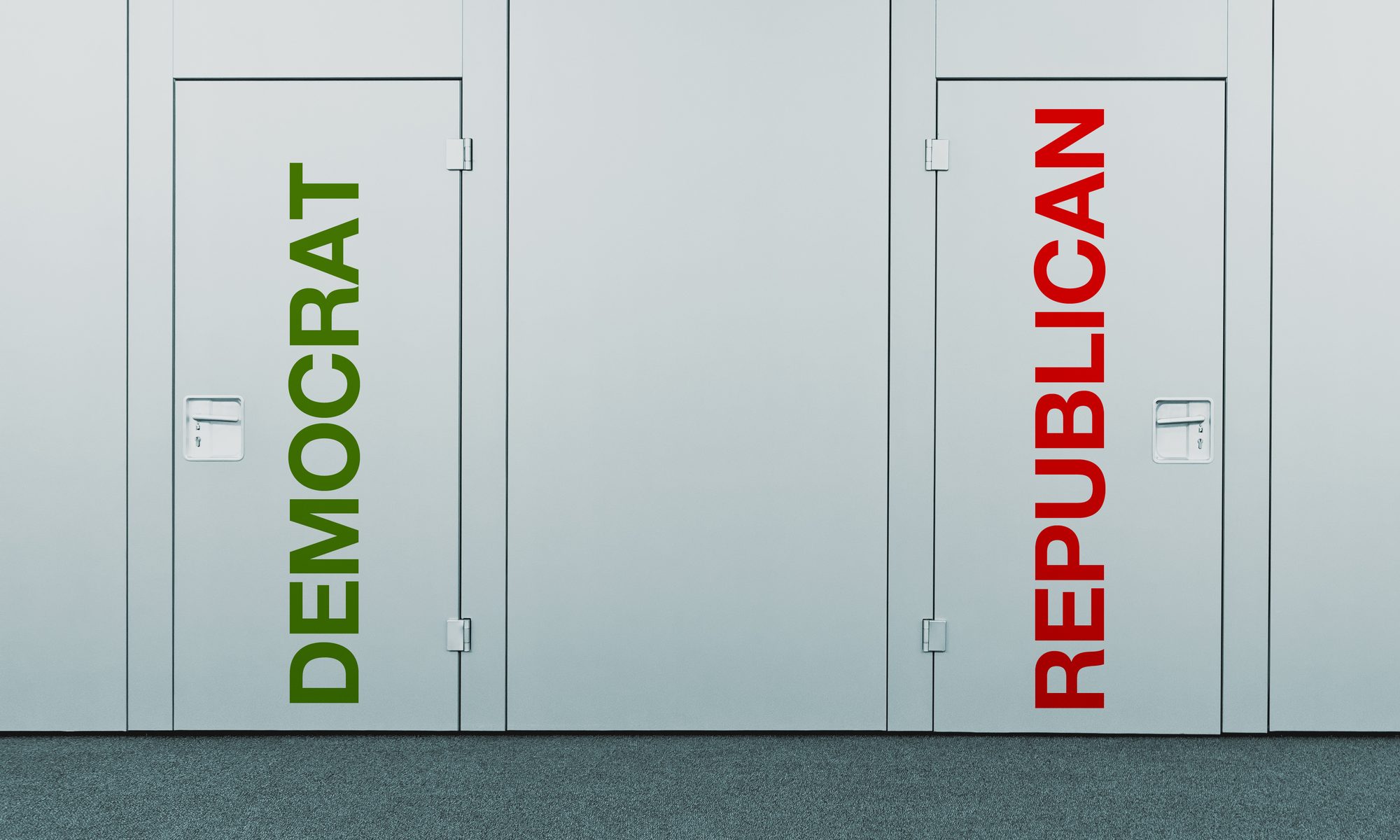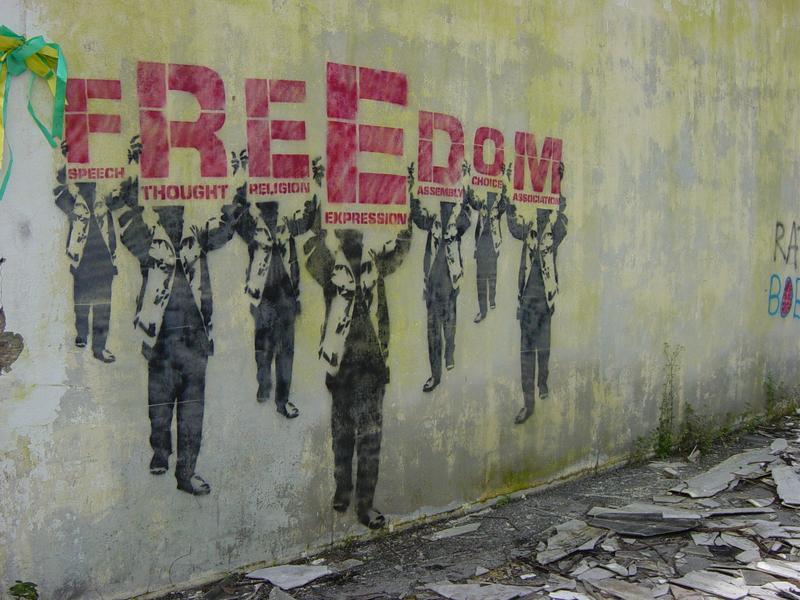Political polarization is at an all-time high, making partisan politics more bitter and divisive than even the recent past. One proposal for mitigating polarization’s rise is a focus on empathy, as empathizing with others can reduce feelings of contempt and encourage us to see things from another point of view. At the same time though, empathy comes with its own risks, calling into question whether it is the right response to the growing political divide.
Political polarization involves more than just political disagreement. It also involves an emotional dimension. Polarized citizens often hold a number of negative attitudes towards their political opponents, actively disliking and distrusting them. According to Stanford Political Science Professor Shanto Iyengar, “Democrats and Republicans both say the other party’s members are hypocritical, selfish, and close-minded.” So not only do polarized voters disagree with one another, but they also have deep feelings of antipathy and contempt towards their political opponents.
One proposal aimed at countering this growing divide suggests that we should focus on building empathy. Not only can empathy help us to find common ground with those whom we disagree, but it can also help us overcome feelings of contempt towards our political opponents. Empathy involves seeing things from another person’s point of view, adopting both their mindset and motivations. And taking on this perspective may enable us to experience more positive emotions towards our political opponents, realizing that we may well hold the same views if we were in their shoes.
Some have even argued that the development of empathy is what makes democratic discourse valuable. By attempting to understand those we disagree with, we have the opportunity to grow in empathy, seeing issues from a perspective that we do not normally inhabit. On this way of thinking, civic discourse is just as valuable for forming how we think of others as it is for forming our political beliefs.
And empathy might provide other benefits as well. It can help to instill civic and intellectual virtues like toleration and open-mindedness, and might even take us from merely tolerating the views of others to a place of mutual appreciation and respect. Furthermore, it can help us harness the benefits of cognitive diversity. Only when we are able to listen to those on the other side of the aisle are we able to work together to find solutions that are better for everyone.
Empathy, however, doesn’t come without its risks. Paradoxically, a growth in empathy can sometimes be connected with a rise in outgroup antipathy. Research has shown that those who are naturally more empathetic might identify more strongly with their family, political party, or nationality, making them less considerate of those outside their group. This selective empathy can then worsen, rather than alleviate, political polarization. As someone empathizes more deeply with those who hold similar political views, it can become more difficult to identify with those on the other side of the aisle.
At the same time though, while it might be more natural to empathize with those that we are already close to, empathy is not simply an automatic reaction like fear or attraction. Rather, we can choose when we are empathetic, making the conscious decision to put in the work to understand those who are different from us. And those who adopt a growth mindset when it comes to empathy are more likely to make an effort even when empathy doesn’t come quite so naturally. So even though it might be easier to empathize with those who vote for the same candidate, that does not prevent us from empathizing with those who cast a different ballot.
Nevertheless, even if we make a conscious effort to empathize with our political opponents, there are still other pitfalls. What if, for example, someone finds the views of their political opponents downright crazy or absurd? If a progressive Democrat attempts to empathize with a Republican and convinced Q’Anon believer, for example, and they cannot understand why the Republican believes the things that they do, then this could exacerbate polarization. The Democrat may be less likely to consider other conservative views in the future, concluding that the perspective of the other side is simply beyond the pale.
Furthermore, too much of an emphasis on empathy runs the risk of failing to acknowledge existing injustices. When coalition-building is the primary goal, harms that have not yet been corrected may fall by the wayside, or even worse, get swept under the rug. Simply empathizing with others is not enough to repair historically broken relationships, and empathy might only serve as a first step in reaching deeper, more meaningful forms of reconciliation.
For these reasons, empathy alone is not enough to solve political polarization. But even though empathy is not a complete solution, it can still play an important role. Lessening feelings of contempt and antipathy between political opponents can be the first step to more robust engagement, starting a conversation that can lead to rapprochement even for those who are currently bitter political rivals.













